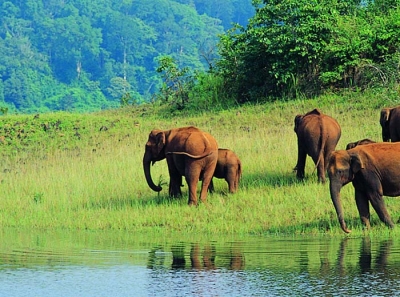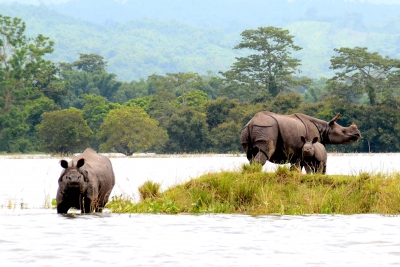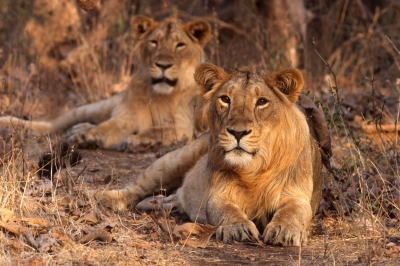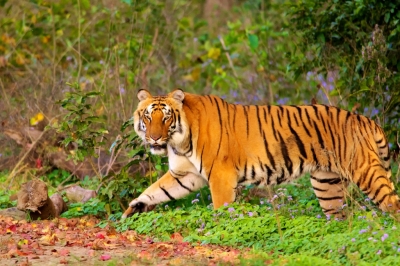What do we know about the location of Bandipur National Park?

Bandipur was once a private hunting reserve of the Maharaja of Mysore. It is now a national park that was established in 1974 as a tiger reserve under Project Tiger. It is surrounded by Nagarhole National Park, Mudumalai National Park and Wayanad Wildlife Sanctuary. All of these together form the Nilgiri Biosphere Reserve, the largest habitat of wild elephants in south Asia.
Bandipur lies between Mysore and Ooty, two most popular tourist destinations in South India. There are many wildlife fatalities caused by vehicles every year. There is a ban on traffic from 9 pm to 6 am to help bring down the death rate of wildlife.
Bandipur has the second highest tiger population in India.
Picture Credit : Google


